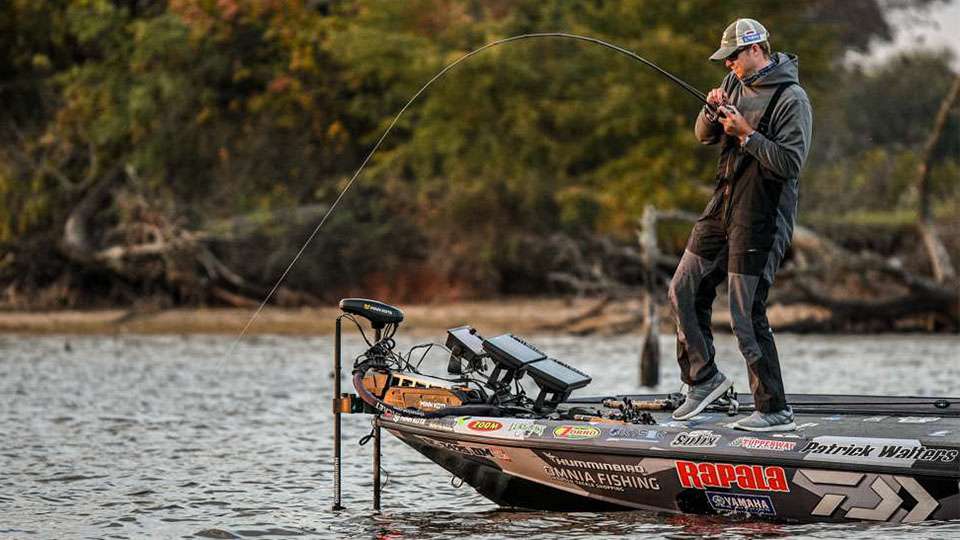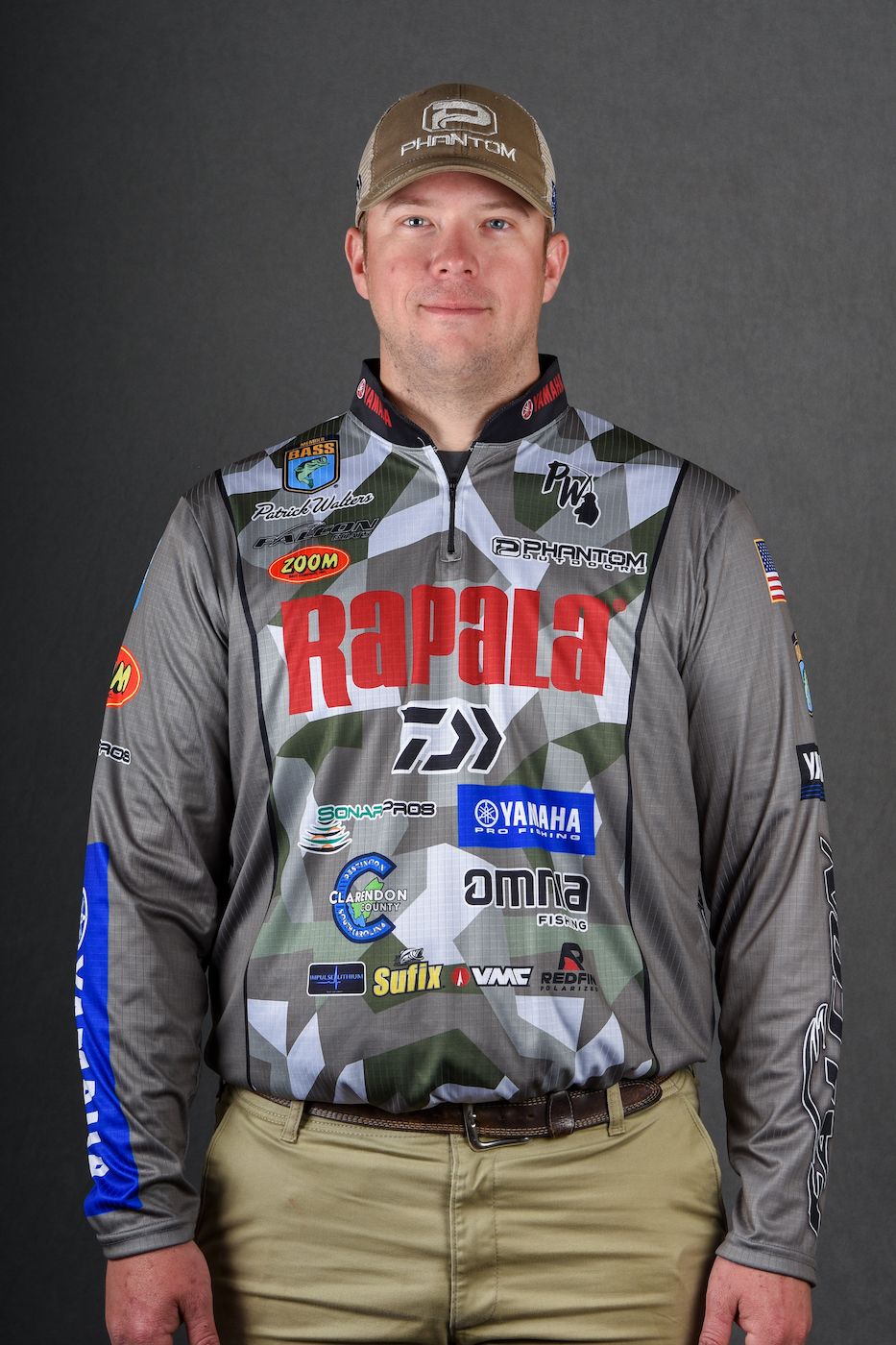
It has been almost three months since my season-ending victory at Texas Fest on Lake Fork, and I’m still trying to digest what that victory will mean for my career and how to use that momentum to push forward. After all, there are no rearview mirrors on a bass boat for a reason – you’re only as good as your next tournament.
While the victory’s long-term impact is undetermined, the primary lesson I received during that tournament is the importance of embracing technology and maximizing its understanding of your prey. The last part of that sentence is the important part.
We had all known for several years what Garmin’s Livescope technology could do. Lots of pros and even weekend anglers had discussed its value, but they were typically impressed by the fact that they could find fish with it. The thing that nobody was talking about is how you use your forward-looking sonar to understand and decipher fish behavior.
Almost every fish that I caught at Fork was the direct result of observing my screen. I’d pull up on a tree and see five fish suspended around it. I’d make a cast and none of them would move. My first assumption was that they weren’t bass at all, but I couldn’t leave it at that, so I’d adjust my cadence, or choose a lure that runs deeper or shallower, or perhaps a different color. When I finally dialed it all in – and remember, it wasn’t the same for every fish or every group of fish – you’d jerk that bait by the tree and they’d come out after it like hornets after you stepped on their nest.
Just as no single lure is a cure-all, the electronics themselves aren’t the entire solution. They’re just one more piece in the puzzle, although I’ll admit that it’s a very important piece.
The other lesson that I learned that week is how much bass swim in the course of a day. Yes, of course they have fins and a tail, and they move around, but I don’t think most of us ever realized how far and how constantly they travel.
Years ago, you’d pull up on a spot in practice, catch a few real quickly and think you’d hit the motherlode. Then you’d go back to that same stretch on tournament day, and you’d be surprised when you didn’t get a bite. In reality, they may have moved a substantial distance, as much as a few hundred yards. If you can relocate those bass and then dial in their behavior you’re far ahead of the game.
Winning at Fork gave me a huge financial boost, it put me in the Century Club and it elevated me into third in the year-end Bassmaster Angler of the Year standings. I certainly don’t mean to diminish the meaning of those achievements, but more than anything it convinced me that I can do it again. The first Elite Series win is the hardest, but now that I’ve tasted blood I want to do it again as soon as possible.
I’ve had some time to savor the win, but now the season is about to start. I have the chance to build upon that momentum. I’ve learned so much in the past few years about how to prepare for tournaments, how to pack and how to travel efficiently, but most of all I’ve learned to trust my instincts. It’s gotten to the point that I love to show up at a body of water with a day of practice or none at all and just go fishing. That’s when I feel like I’m at my absolute best.
Once the season starts there will be few breaks in my schedule. In fact, starting at the beginning of April, I’ll have five straight weeks of casting and driving, hopefully without a day off. The goal is to take it one event at a time, focusing entirely on what is directly in my field of sight.

